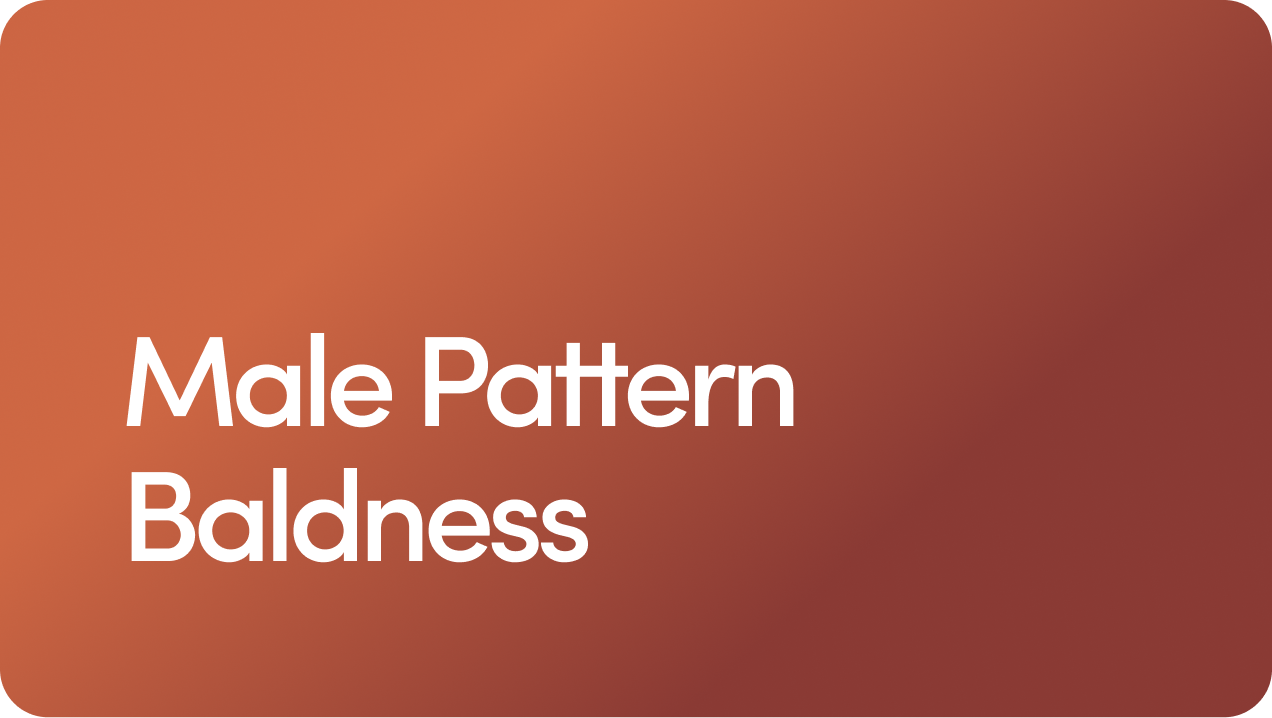How to Use Dry Shampoo
Dry shampoo seems almost too good to be true — a hair product that works on all hair types and lets us go longer between showers?
Overview
Dry shampoo seems almost too good to be true — a hair product that works on all hair types and lets us go longer between showers? Who wouldn’t want a short cut to clean hair sometimes. While dry shampoo does work to make hair look cleaner, it doesn’t actually cleanse the hair the way shampoo does. Still, for those who work out regularly or are hoping to extend the time between washes, dry shampoo is a great styling product to know about.
Here, we’ll cover how to apply dry shampoo (aerosol, mist, and powder formulas) and answer some other questions you might have about this hair care product.
What is Dry Shampoo?
Dry shampoo is a hair product that sops up oil and dirt from the hair’s roots without water, giving your hair a refresh without water. It’s available in several forms, most commonly powder or aerosol sprays, and it’s used to reduce greasiness and add volume to hair.
The term dry “shampoo” is a bit of a misnomer, as according to the American Academy of Dermatology, most dry shampoos don’t actually cleanse the hair. Instead, dry shampoos contain absorbent ingredients like cornstarch or rice starch plus fragrance to keep hair smelling fresh. While it may seem counterintuitive, some dry shampoos also contain small amounts of oil to condition the hair and prevent it from feeling dry.
How To Apply Dry Shampoo
The best way to apply dry shampoo varies slightly depending on whether you’re using a spray or powder product. We’ll cover both below.
How to Use Spray Dry Shampoo
The basics of applying spray dry shampoo are basically the same whether you’re using an aerosol spray or a non-aerosol spray mist. Here’s how to do it:
Start with dry hair: It may go without saying, but dry shampoo is designed for totally dry hair. Use a towel or blow dryer if your hair is wet, including with sweat.
Divide your hair into sections: Depending on its thickness, divide your hair into four or five sections. If you have fine or thin hair, fewer sections may work.
Shake well. Really shake up the can or bottle so the product is properly mixed and goes on evenly.
Hold the can or bottle at least six inches away from the hair: Holding it too close can cause buildup or a white cast.
Spray in short bursts. Mist your roots, but avoid oversaturating any area which can leave a white residue or make hair look wet. Start with one spray per section for fine hair, or two small sprays for thicker hair.
Let it sit. Let the dry shampoo sit on your hair for roughly two to five minutes.
Brush or shake out excess: Brush or shake your hair after applying to distribute the product evenly and remove any excess.
How to Use Powder Dry Shampoo
Here’s how to use powdered dry shampoo:
Start with dry hair: Just as with spray shampoo, it’s important to start with dry hair. Otherwise, the powder may not absorb as well.
Section your hair: Divide your hair into several sections — this is where you apply the powder. If you have long hair, put it half up so you can reach the underlayers.
Apply the powder: Usually, powder dry shampoo is packaged in a dispenser that “poofs” product out of a pump top (kind of like foaming hand soap). You can dispense a few pumps directly onto the oiliest parts of the hair or put it in your hand and use your fingers. Sometimes, powder dry shampoo comes in a pot with a little brush, which you can use to apply a small amount of powder directly onto the roots. If it doesn’t have a pump or included brush, dump a little powder out and apply with a makeup brush to avoid patchy white spots.
Let it sit: Allow the powder to absorb excess oil for a few minutes.
Massage the powder: Use your fingertips to massage the powder into your scalp, distributing it as evenly as possible.
Brush out excess powder: Comb or brush through your hair to remove excess dry shampoo. Brunettes may notice a white cast or white residue, but brown powders are also available. And you can always use the cool air setting on your blow dryer to blow out excess powder.
When to Use Dry Shampoo
When and how often you use dry shampoo will depend on a few factors, like how often you sweat, how many days you like to go between washes, and your hair type. But here are a few times it makes sense to use dry shampoo.
After sweating: Dry shampoo is your friend if you don’t have time to wash your hair after a sweaty workout or a walk outside on a sticky day. Just try to start with dry hair, which may mean blow drying your roots first or at least towel drying your hair before applying.
To extend time between washes: We get it —sometimes going through a full wash routine takes up too much valuable time. One of the benefits of dry shampoo is that it’s quick and effective. If you’re trying to spread out your wash days or just don’t have time to shower, dry shampoo is a great option. However, it can leave build-up or residue on the scalp over time, so properly cleansing your scalp with water and shampoo is still important.
To create volume and grit: Dry shampoo lifts the roots, making hair look fuller. It can also add grit and texture to hair, which is helpful for extending hairstyles.
Is Dry Shampoo Bad For Hair?
Using dry shampoo occasionally is not bad for your hair. However, if your hair care routine is dependent on dry shampoo, it can build up on the scalp, potentially clogging hair follicles or causing irritation, itching, dryness, or dandruff. Blocked hair follicles are also a cause of folliculitis, where follicles become red and inflamed. If you use dry shampoo regularly, make sure you’re also washing your hair, ideally with a clarifying shampoo to help remove any build-up.
For more information, check out our guide to dry shampoo and hair loss (but don’t worry, using dry shampoo won’t cause your hair to fall out).
The Takeaway: How To Use Dry Shampoo
Here are some things to remember about how to use dry shampoo for the best results (and the happiest hair).
Dry shampoo refreshes hair but doesn’t clean it. Dry shampoo is made with ingredients that absorb oil and lift the roots, making hair look fresher, but it doesn’t replace actual washing. Regular shampooing is still necessary to maintain scalp health.
Application matters. Whether using a spray or powder formula, sectioning hair, letting the product sit, and brushing or massaging it into your scalp ensures even distribution and prevents buildup or a noticeable white cast (which can make dark hair look gray).
Use in moderation. It’s tempting to reach for a dry shampoo every time you’re too tired to shower. Dry shampoo is great for quickly dealing with greasy hair, extending the time between washes, and adding texture, but overuse can lead to scalp buildup, irritation, and clogged hair follicles. Balance with regular washing.
For more hair care tips about hair products and how to use ‘em, check out our guides to sea salt spray and hair oiling.
2 Sources
- AAD. (n.d.). Dry shampoo. Dermatologists’ tips for getting your best results. https://www.aad.org/public/everyday-care/hair-scalp-care/hair/dry-shampoo-best-results
- Winters FD, et al. (2023). Folliculitis. https://www.ncbi.nlm.nih.gov/books/NBK547754/
Editorial Standards
Hims & Hers has strict sourcing guidelines to ensure our content is accurate and current. We rely on peer-reviewed studies, academic research institutions, and medical associations. We strive to use primary sources and refrain from using tertiary references. See a mistake? Let us know at [email protected]!
Related Conditions
 Hair Loss
Hair Loss
 Male Pattern Baldness
Male Pattern Baldness
 Dandruff
Dandruff
 Scarring Alopecia
Scarring Alopecia
 Seborrheic Dermatitis
Seborrheic Dermatitis
*All images feature a model portrayal
(unless otherwise noted).
